Creating texture and depth in food photos is an essential part of making your food look delicious and appetizing. Capturing the right texture and depth in your food photos can be tricky, but with a few simple tips and techniques, you can make your food look amazing! In this article, we'll cover the basics of food photography, from styling tips to camera techniques, to help you create stunning food photos that will make your friends drool!
Editing for Texture and Depth
When it comes to creating texture and depth in food photos, editing can be a great tool. There are several techniques that can be used to enhance the texture and depth of the image, such as cropping, adjusting the brightness and contrast, adding blur, and using filters. Cropping the image can help to highlight certain elements of the photo and create more visual interest.Adjusting the brightness and contrast can help to bring out the colors and make the food look more appetizing. Adding blur to the background can help to draw attention to the subject of the photo. Using filters can also add texture and depth to the photo, allowing you to get creative with your food photography. It's important to remember that editing is a powerful tool, so it's important to use it wisely.
Too much editing can result in an unnatural looking image, so it's important to find a balance between natural and edited. Experimenting with different techniques can help you find the perfect balance for your food photography.
Using Angles and Perspectives
Angles and perspectives are important tools when taking photos of food. Different angles and perspectives can create texture, depth, and interest in a photo. For example, if you take a photo of a plate of food from directly above, it may look flat and uninteresting.But by using a side angle, you can add dimension and texture to the photo, making it more eye-catching. The same goes for taking photos of food from different perspectives. Taking photos from different sides and angles will give the photo more depth, making it look more realistic and interesting. For example, taking a photo of a plate of food from the side rather than directly above will create more depth and texture.
You can also experiment with different heights when taking photos. For example, taking a photo from a higher or lower angle can give your photo a unique perspective. You can also experiment with different lenses and lighting to create different effects. In addition to angles and perspectives, composition is also important when taking food photos.
By arranging the food on the plate in an interesting way, you can create more interest in the photo. You can also use props to add interest to your photos.
Creating Contrast
Contrast is an important tool for creating texture and depth in food photography. Contrast refers to the differences between light and dark tones, as well as differences in color and texture.By using contrast, you can emphasize certain elements of your food photos to create more interesting compositions. For example, when shooting a plate of food, you can use contrast to make the food stand out against the background. You can do this by using a dark tablecloth or plate as a background and using a light-colored plate for the food. The contrast between the two will draw the eye to the food and make it appear more vibrant and eye-catching. Contrast can also be used to create depth in a photo.
You can do this by placing a light-colored object in the foreground and a dark-colored object in the background. This will create the illusion of depth and make the foreground object stand out more. You can also use contrast to make certain elements of a photo pop, such as highlighting a specific ingredient or making a garnish more visible. When creating texture and depth in your food photos, it is important to experiment with contrast to get the best results. It is also important to be aware of the lighting conditions in your photos, as they can affect how much contrast you need to create.
With some practice and experimentation, you should be able to create beautiful food photos that stand out from the rest.
Using Props to Create Texture and Depth
Using props in food photography is a great way to add texture and depth to your images. Props such as plates, napkins, utensils, and more can be used to create a sense of atmosphere and style. They can also help to create an interesting and visually appealing composition. When choosing props for your food photos, consider the colors and shapes that will work best with the food you are photographing.Matching colors can help create a harmonious image, while contrasting colors can create a dynamic composition. Shapes can also be used to add depth, with props such as circular plates or square napkins adding an interesting dimension to the photo. Using props also allows you to tell a story with your photos. You can choose items that are relevant to the dish, such as utensils or condiments, or you can use props to create a narrative.
For example, you could use a vintage plate or an antique spoon to give the image a nostalgic feel. When incorporating props into your food photos, be sure to use them sparingly. Too many props can make the image look cluttered and overwhelming. Instead, focus on one or two items that will add texture and depth without taking away from the main subject of the photo: the food.
Composition Tips
Composition is key when it comes to creating texture and depth in food photos.A well-composed image can draw the viewer's eye to the subject and create a sense of balance and harmony. It can also help you to highlight certain elements of the dish, like a splash of sauce or a colorful garnish. When composing your food photos, think about the rule of thirds and the golden ratio. These guidelines will help you create a balanced composition that will draw the eye to the focal point of the image.
Additionally, consider the different elements of the photo, such as the background, lighting, and props. Each of these components can be used to create texture and depth in your food photos. When using props, think about how they can bring your food photos to life. Use plates, utensils, and other objects to add visual interest and create a story around your dish. You can also use props to create contrast or draw attention to certain features of the food.
Finally, make sure to experiment with various angles and distances when taking food photos. Different perspectives can help you to capture unique details that will add texture and depth to your images.
Composition
, rule of thirds, golden ratio, background, lighting, props, angles, and distance are all important factors for creating texture and depth in food photos.Using Lighting to Create Texture and Depth
Creating texture and depth in food photography is an important part of making your images stand out. One of the best ways to do this is by using different lighting techniques.Using natural light is one of the easiest ways to create texture and depth in your photos. Natural light has a softer, more natural look than artificial lighting, which can make the image appear flat. To use natural light, try shooting near a window or outside during the golden hour. This will give you beautiful, soft light that will help create texture and depth in your photos.
Another option is to use a reflector. A reflector is a piece of white or silver material that reflects light back onto your subject. This helps create more even lighting and adds texture and depth to your photos. You can also use artificial light to create texture and depth in your photos.
Try using a flash or a continuous light source to add shadows or highlight certain features. You can also use a grid or snoot to control the direction and intensity of the light, allowing you to create interesting effects in your photos. By using different lighting techniques, you can easily create texture and depth in your food photography. Experiment with different lighting setups to find the one that works best for you and your subject. Creating texture and depth in food photos can take your images to the next level.
By using props, lighting, angles and perspectives, contrast, composition, and editing techniques, you can create beautiful and eye-catching food photos. Experiment with different techniques to find what works best for you and your photos. With a little practice and creativity, you can create stunning food photos that will make your dishes look even more delicious!.

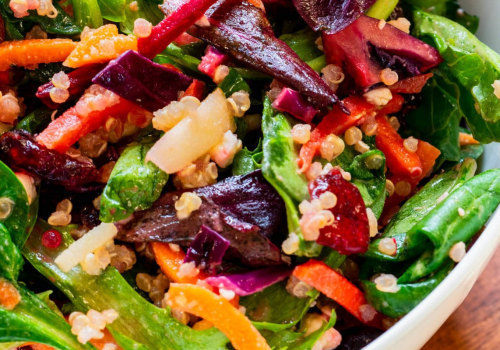

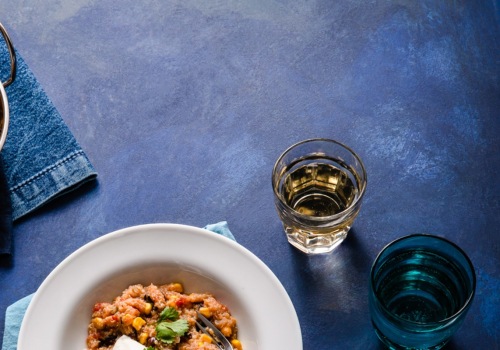
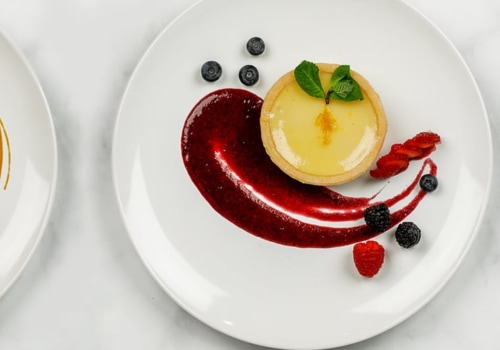
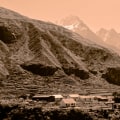
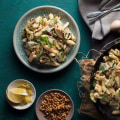
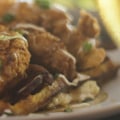
Leave a Comment